Who Am I?
- First name is just the letter J
- When asked what it stands for, I reply Truth, Justice and the American Way
- Married 20 years
- Have a 10 year old daughter
- Own the most ridiculous breed of dog ever created
- Play too many video games
- Live in Charleston SC - Hate Boating


Ridiculous Lay-abouts
Using Data Driven
Decisions to Inform Your Web Design
Not just how, but why?
- Why Data and Science?
- How do we get started?
- What are we looking for?
- How can I improve my site?
- How does psychology play a role?
- Why our assumptions fail
- How we can use analytics
- Explore the three stages of reinforcing
human behavior - Bust some myths
- How your website is an extension of
your organizations 'personality' - Final thoughts
Why Data?
This is Art!
Donate Now!
Why Data?
This is Art!
Challenging Our Assumptions of Reality with Data


What you know.
What "feels" right.
Your Gut.
VS
Data Driven Decisions
*
* Expertise plays an important role, but data and experience lead to expertise and expertise without data is anchor-less musings.
Why Your Assumptions Fail
We're old.
- Game of Thrones premiered before Pinterest. (2010)
- Heath Ledger played the Joker before the Chrome Browser existed (2008)
- The last Harry Potter Novel (Deathly Hallows) is as old as the first ever iPhone (2007)
- Taylor Swift's first album dropped before Twitter (2006)
- Friends went off the air before you ever had a Facebook Friend (2004)
- Forrest Gump debuted before the Internet was public (1991)
- Seinfeld existed in a world where Netflix mailed you DVDs and before Napster began file sharing (1998)
Why Your Assumptions Fail
We're old.
You cannot predict how people will use technology or what that technology will be.
Why Your Assumptions Fail
We're snobs.
Why Your Assumptions Fail
We're snobs experts.
We are the experts of our organizations.
We understand our organizations to the point of blindness.
Why Your Assumptions Fail
We're snobs experts.
The following words are commonly used in the non-profit sector but have VERY different meanings to the uninitiated.
Gift
Pledge
Unrestricted
Constituent
Target
Recurring Gift
Tribute
Ask
Designation
Why Your Assumptions Fail
We have jobs.
We rarely access our website from the perspective of a visitor.
Rarely do we have the time to constantly check our website
I'm Sold.
Now what?
Adding Google Analytics
Or other analytic suite.
We need to know what's going on!
What are we looking for?
Error Pages
Error Pages
Improve your error pages by asking...
- Did you tell them why they are there?
- Can they search?
- Can they contact you?
- Can they navigate away?
- Do they know they are still on your site?
Error Pages
Why have an error page stop your mission?
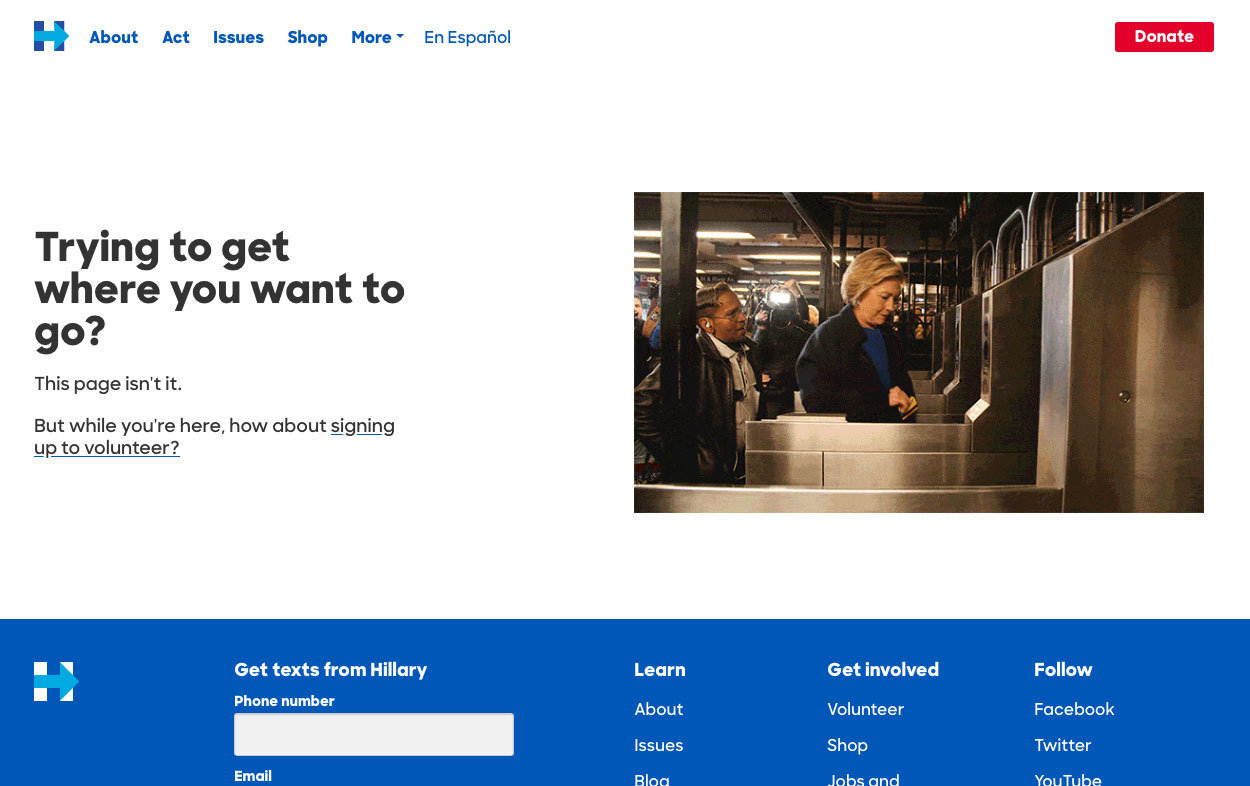
What are we looking for?
All Traffic
Shows where your traffic and conversions come from.

Use to to understand where your traffic comes from and optimize your efforts
Use to identify quality traffic as well

Check overall traffic against conversion rate to judge the quality of traffic.

Bounce?
Bounce?
Quality traffic means:
- Courting quality sources
- Driving visitors to action
- Telling your visitors what that action is
- Gaining a visitor's trust
- Making that action easy to perform
Bounce?
Courting quality sources
The power of social media
is not magic, it's finding an audience of the like minded.
Finding and appealing to communities that share your org's values will create better traffic.
Driving Traffic
The Emotional Journey
- Visceral
- Behavioral
- Reflective
- The Ask
- The Click
- The Thank You
Wisdom
"Knowledge is knowing that a tomato is a fruit, wisdom is not putting it in a fruit salad." -- Miles Kington
- Find the emotion your cause evokes.
- Grow it organically.
- It isn't a bait if it's true.
- It isn't a trick if you provide a solution.

Don't Underestimate color, font and design in affecting behavior
"Testers for 7-Up consistently found consumers would report more lemon flavor in their product if they added 15% more yellow coloring
TO THE PACKAGE."

― Malcolm Gladwell,
Blink: The Power of
Thinking Without Thinking
The Unfamiliar
and Unexpected
can be as mundane as a broken link. Good design uses the unfamiliar to evoke emotion. Bad design inadvertently uses the unfamiliar to confuse visitors to your site.
For instance...
Donate now
Means now.

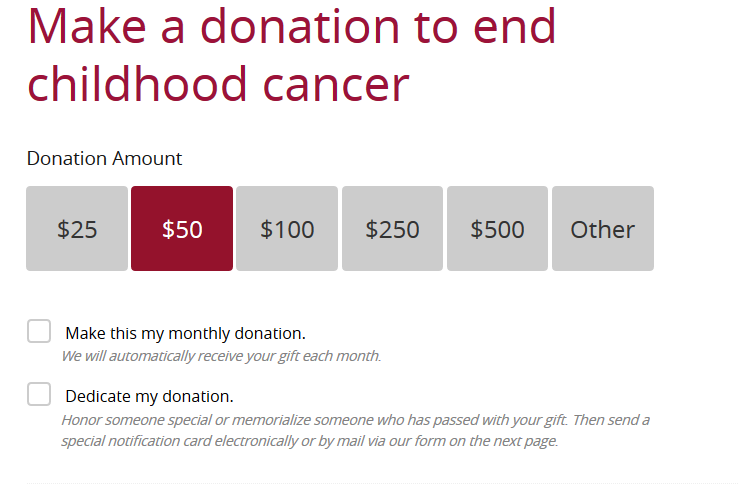
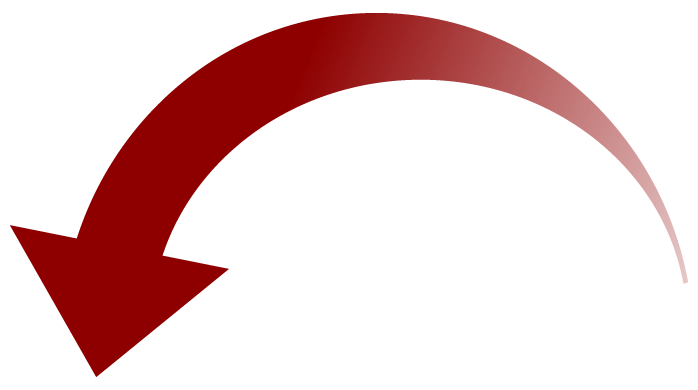
Donate now
Means now.
Don't complicate a win.
Don't fight a battle you've already won.
“We are not thinking machines that feel, we are feeling machines that think.”
Antonio Damasio
Evocative Web Design
Balancing the familiar with the unfamiliar
Unfamiliar
Innovative interations
Full screen imagery
Unique navigation
Unexpected feedback
Familiar
Form Elements
Links
Images with Captions
Buttons
Labels
Browser Behavior
Good design balances both.
It evokes a response without confusing the donor.
How will you know?
Duh.
This is where analytics comes in.
Don't be afraid to add multiple paths forward.
We are a notoriously inattentive species.
What that means
for website navigation.
Creating multiple paths to donate allows the user to easily find the path forward that they are specifically looking for. Do they expect a button or a navigation element?

"Why not include both?"
-- famous gorilla
Then use Google Analytics to see which modes are working and which are falling flat.
Using Event Tracking you can see how often a link or button is clicked, cross referenced with any other link or button.
ga('send', {
hitType: 'event',
eventCategory: 'Gorilla',
eventAction: 'click',
eventLabel: 'Ball passing'
});

Path Variation
By varying the routes to success we can ensure that users will find the action they are looking for. It also allows us to experiment with the familiar and unfamiliar to evoke emotion.
Click Test
https://usabilityhub.com/click-test
Busted Myths
Placing Content Above The Fold
There is no fold...
A study by Huge Inc
http://www.hugeinc.com/ideas/perspective/everybody-scrolls
Tested four designs
- A control image, with no visual cues to scroll below the fold.
- A scroll arrow that cues users to scroll down.
- A short image, where users had to scroll to see above-the-fold content in entirety.
- An animated image with a moving element to lead viewers below the fold
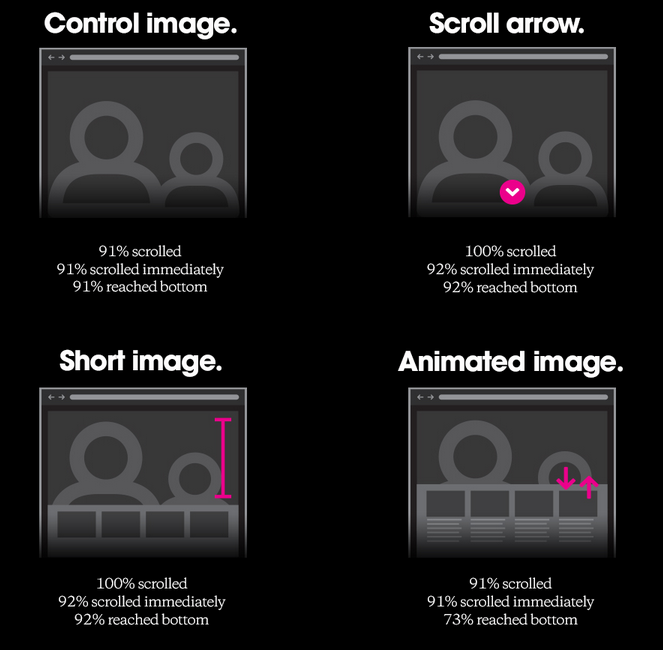
Regardless of how you cue your visitors,
91% of them WILL scroll.
http://www.hugeinc.com/ideas/perspective/everybody-scrolls
Convinced?
- Chartbeat, a data analytics provider, analyzed data from 2 billion visits and found that “66% of attention on a normal media page is spent below the fold.”
- Long Text and articles should ALWAYS scroll, according to usability studies by the Software Usability Research Laboratory
- ClickTale's heatmap service analyzed 100,000 pages and found that 22% scoll to the bottom regardless of length.
- TMZ's most clicked homepage link is at the bottom.
Content and Image Sliders and Slideshows
Diminishing Returns
That bears repeating...
1% clicked the slider.
Of those, 89% were the first position.
Don't Forget Mobile
This content removed, it's 2017 people.
Driving Traffic
The Emotional Journey
- Visceral
- Behavioral
- Reflective
- The Ask
- The Click
- The Thank You
According to Symantec, after issues of stolen data, this is the number 1 concern of online shoppers.
In online transactions, customers are worried whether they will actually receive the item they purchased.
But... wait...
This is an online donation...
Your aren't buying a physical object.
This makes your what you do after the transaction doubly important.
Silent gratitude isn’t much use to anyone.
- G.B. Stern
Spurious Decisions
Try not to make spurious decisions on a single set of data. Double check and retest your analytics.
Remember the old
mantra of statistics:
Correlation is not (necessarily) Causation
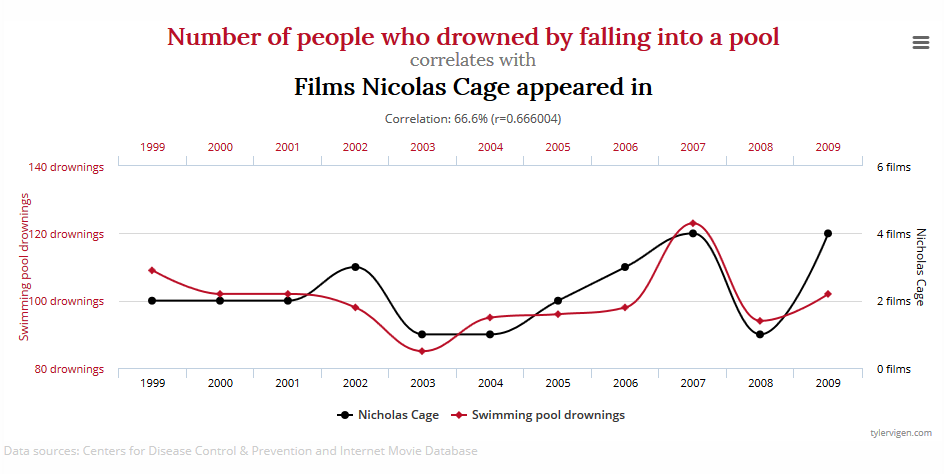
One Final Thought
| Doing the Wrong Thing | Doing the Right Thing | |
|---|---|---|
| Well | ||
| Poorly |
Anxiety
Courage
Growth
Flying Without a Net: Turn Fear of Change into Fuel for Success - Thomas J. DeLong
To Get Here
We Must Go Here
Last Words
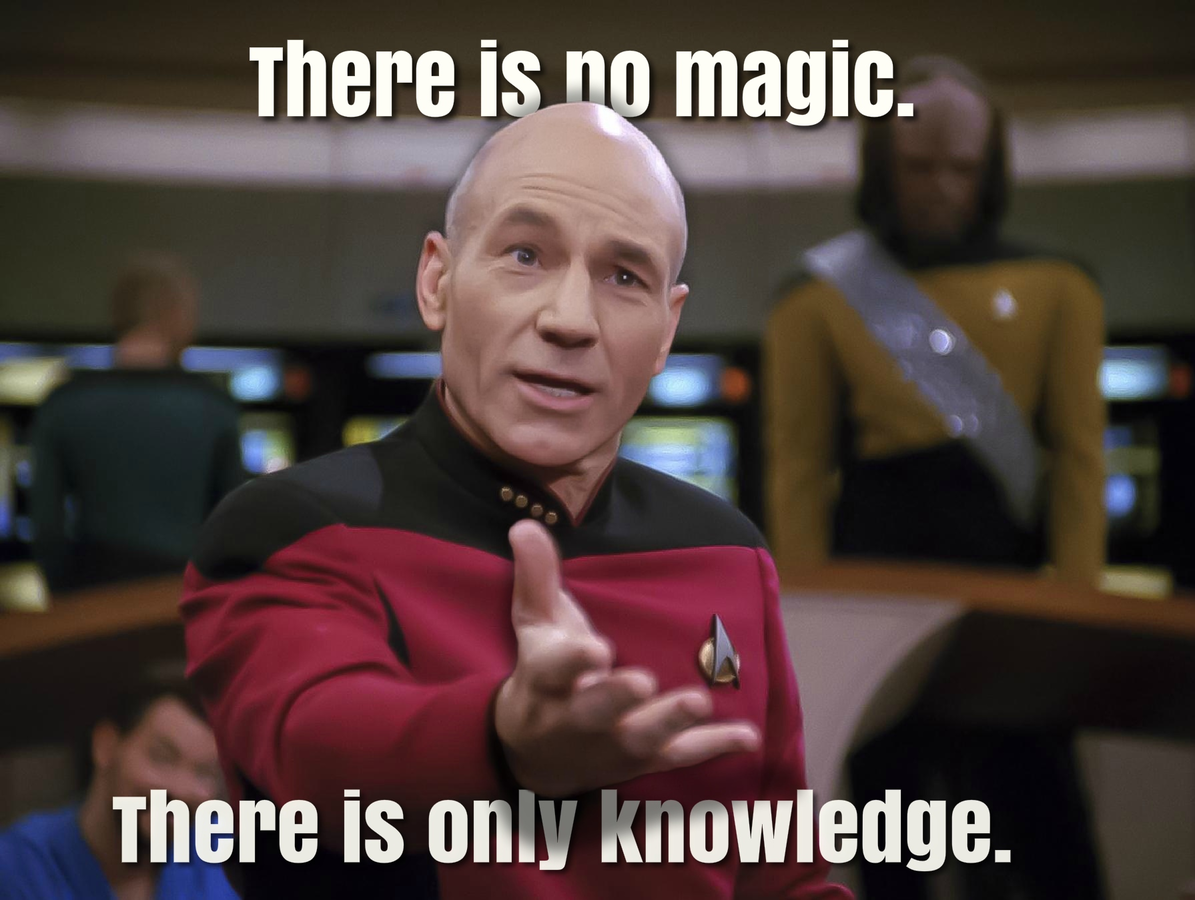
Questions?
Why Data Driven Visual Web Design
By J Owen Schultz
Why Data Driven Visual Web Design
- 368



